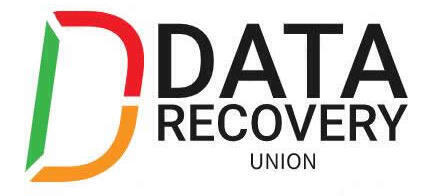Which internal drive is the right choice: SATA or EIDE?
First, look at the connections on your computer.
SATA
Serial ATA (SATA) hard drives are quickly becoming the new standard in hard drive technology. Motherboard manufacturers now include SATA inputs on their boards. Because of their considerably narrower cables, SATA hard drives provide increased airflow and less clutter and in the computer system compared to EIDE drives. Some older computer system motherboards don’t have SATA ports, but a PCI SATA controller card can be installed to add support for SATA drives. If you don’t know whether your computer has SATA ports on the motherboard, refer to your computer or motherboard documentation or contact the motherboard manufacturer.
EIDE
Enhanced integrated drive electronics (EIDE), also called Parallel ATA (PATA), hard drives have been the standard in the computer industry for more than 10 years. Some newer computer system motherboards don’t have EIDE ports, but a PCI EIDE controller card can be installed to add support for EIDE drives. If you don’t know whether your computer has EIDE ports on the motherboard, refer to your computer or motherboard documentation or contact the motherboard manufacturer.
Which internal drive is compatible with my operating system: SATA or EIDE?
Your operating system, as well as your hardware, must support the hard drive you choose:
| Operating System | WD SATA Hard Drive Compatibility | WD EIDE Hard Drive Compatibility |
| Windows® Vista™ | Yes | Yes |
| Windows® 2000 or XP | Yes | Yes |
| Windows 98SE or ME | No | Yes |
| Mac® OS X | Yes | Yes |
| Mac OS 9.x | No | Yes |
Note: Compatibility may vary depending on user’s hardware configuration and operating system.


